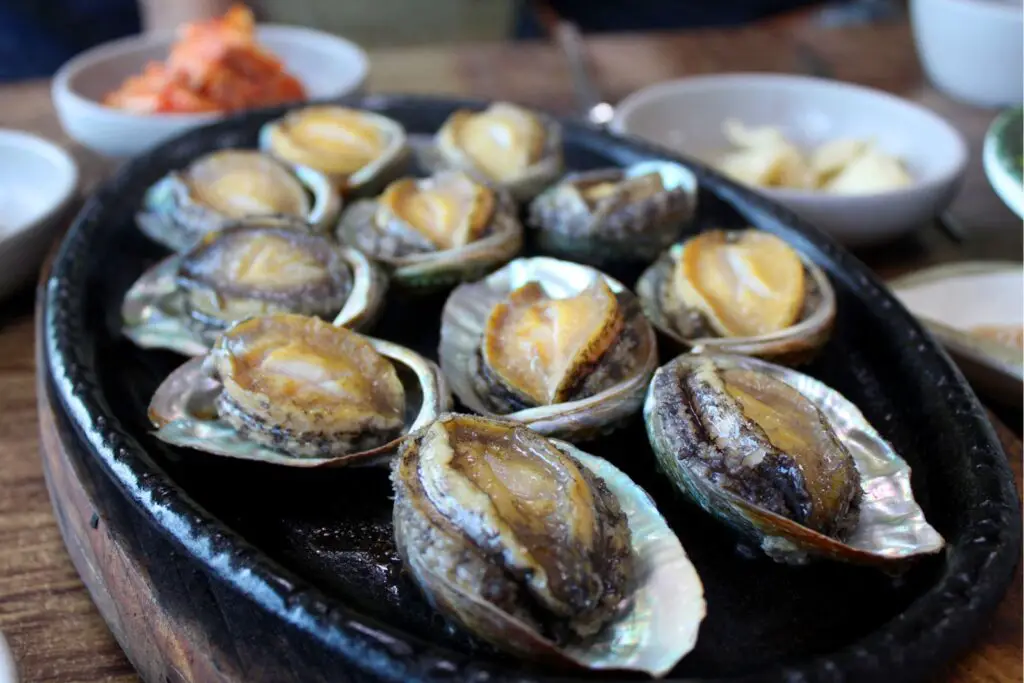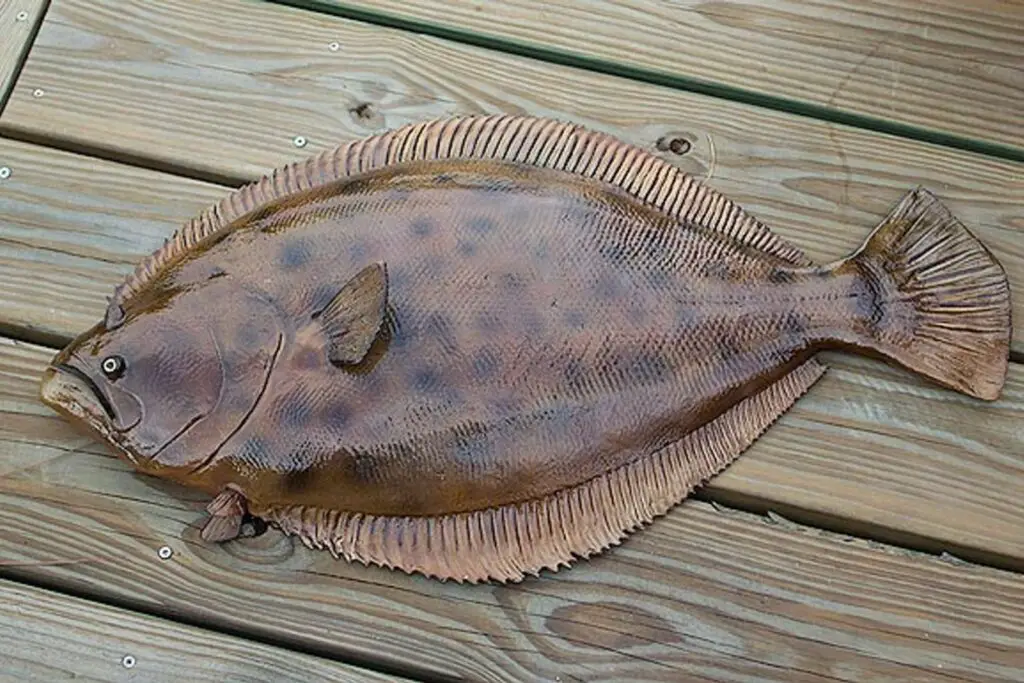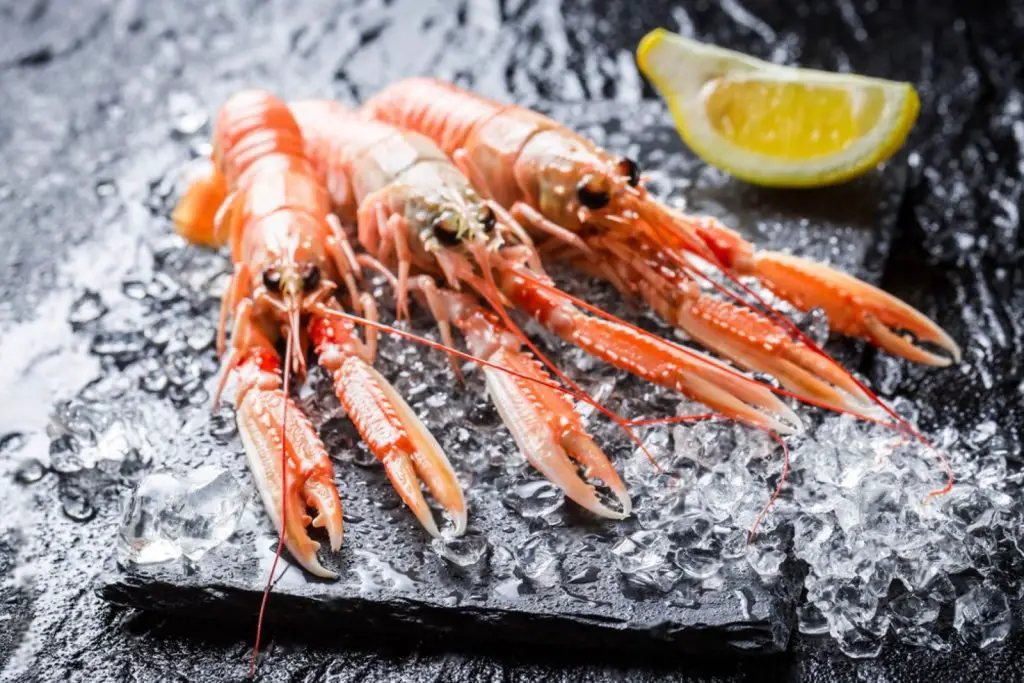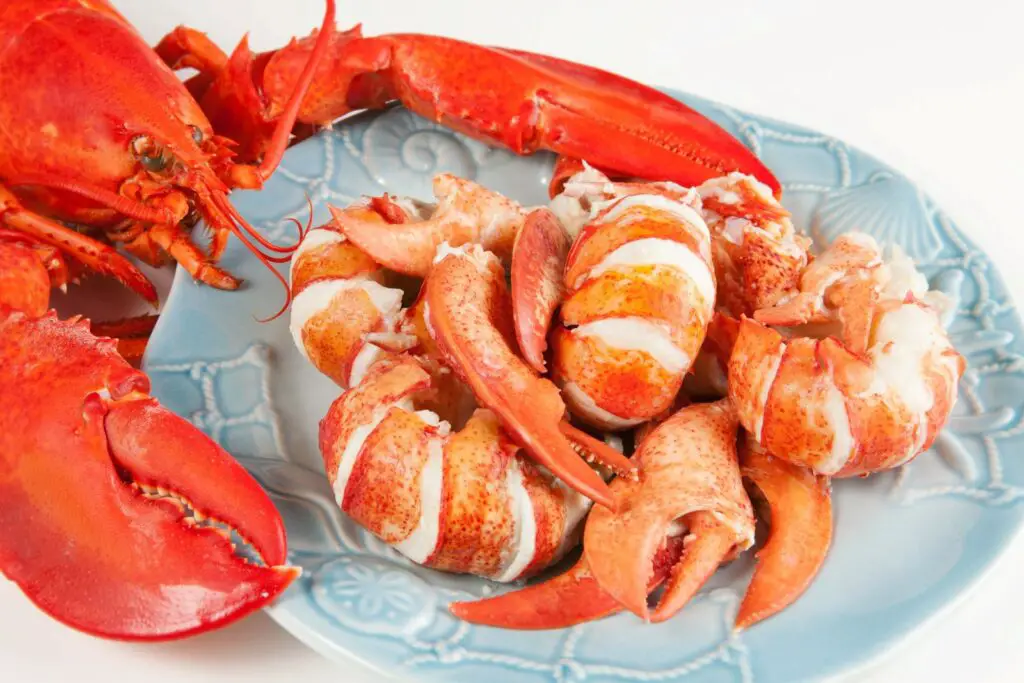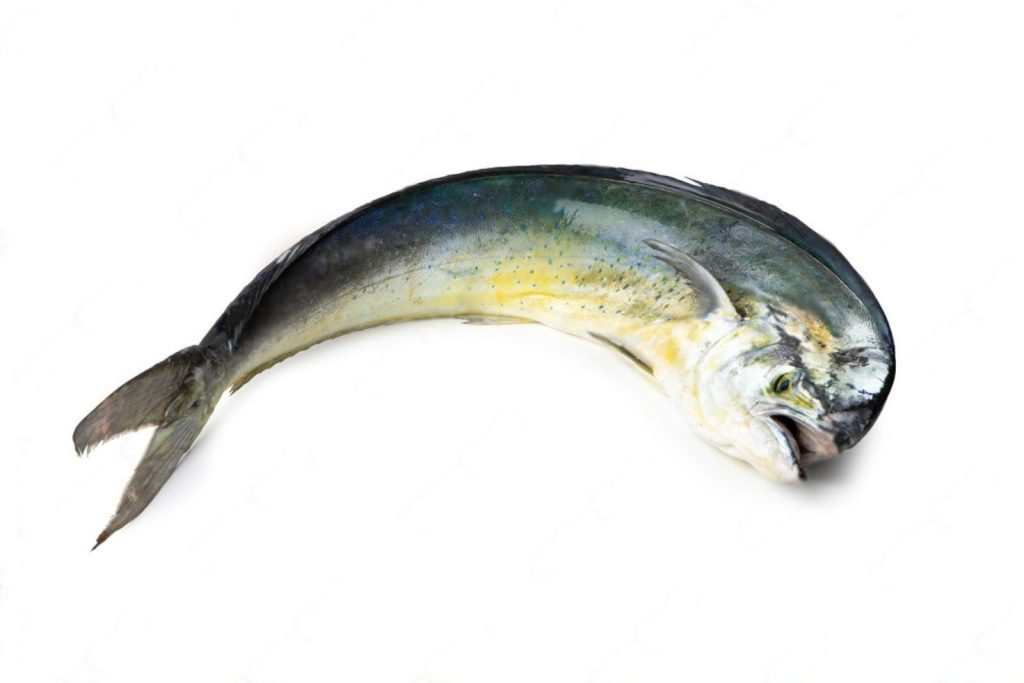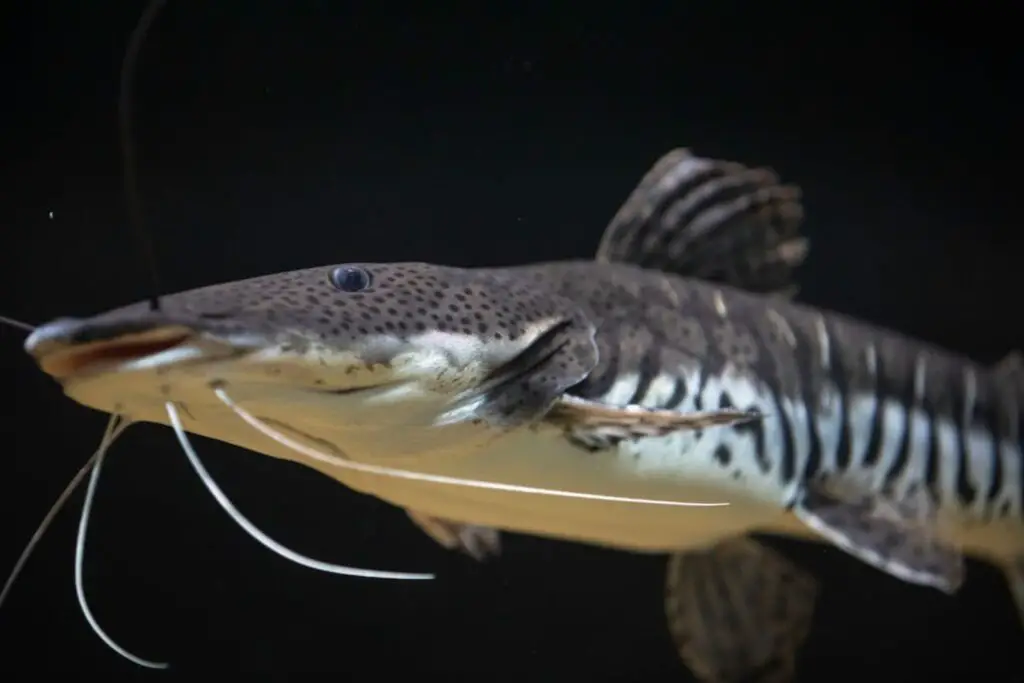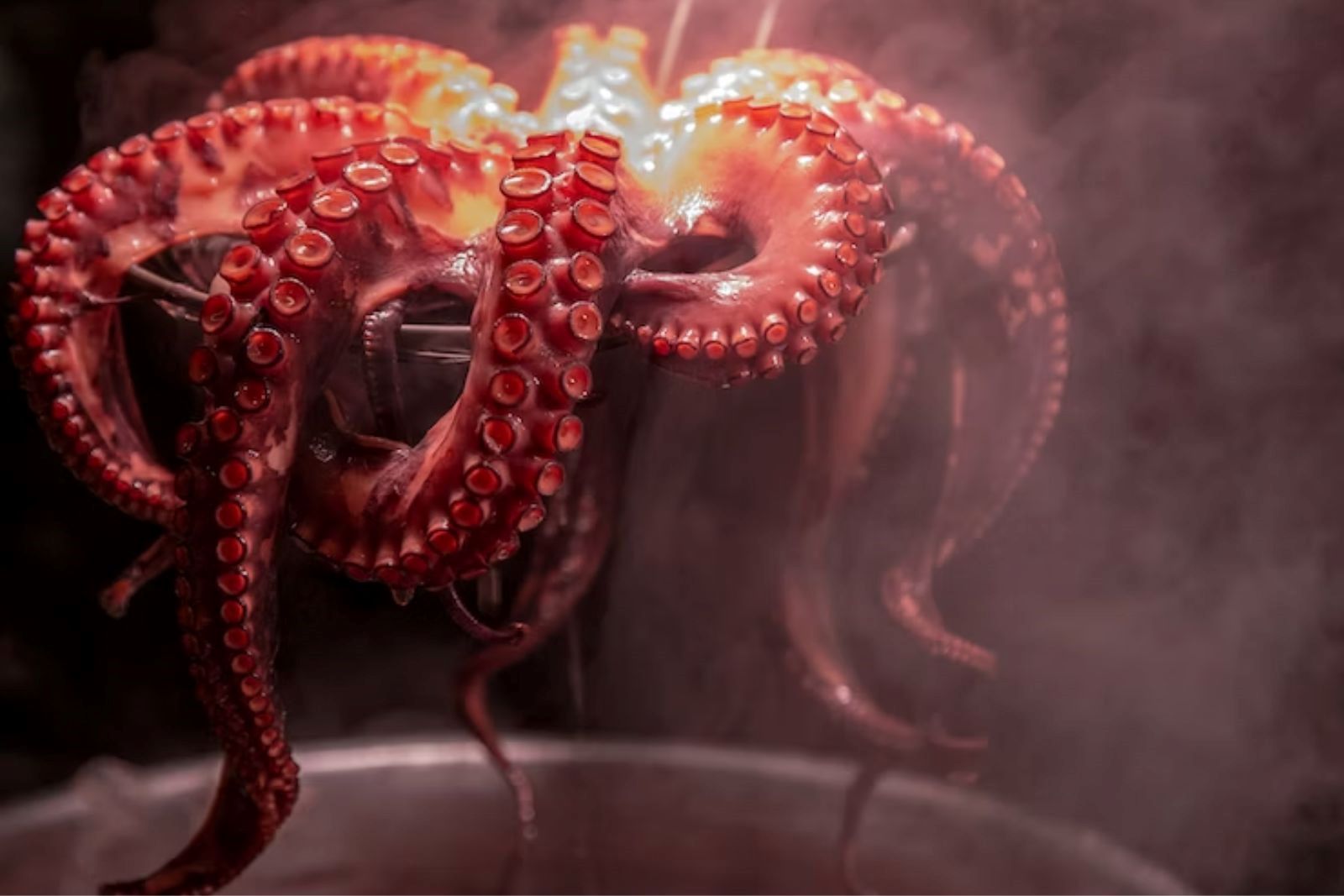
Octopus is a unique and delicious seafood option that is enjoyed in many cuisines around the world. Whether you’ve caught fresh octopus or bought it from a seafood market, freezing it can be a great way to extend its shelf life and have it available for future culinary creations. Freezing octopus properly will help maintain its flavor and texture, ensuring that it remains tasty and enjoyable when you decide to use it. In this article, we will provide you with a step-by-step guide on how to freeze octopus, allowing you to preserve its quality for later use.
Here’s a comprehensive guide on freezing octopus:
Step 1: Choose fresh octopus
Selecting fresh octopus is crucial for freezing. When choosing octopus, it’s important to consider its appearance, texture, and smell. By following these guidelines, you can ensure that the octopus you freeze will have the best flavor and quality when it’s time to use it.
First, examine the octopus’s eyes. Fresh octopus should have clear and bright eyes. Cloudy or sunken eyes may indicate that the octopus is not as fresh and may have been stored for a longer time.
Next, assess the body of the octopus. A fresh octopus should have a firm texture. Gently press the body to check for any soft spots or areas that feel mushy. Avoid selecting octopus that feels overly soft or slimy, as it could be a sign of spoilage.
Pay attention to the smell of the octopus as well. Fresh octopus should have a pleasant, clean odor reminiscent of the sea. If you notice a strong fishy or ammonia-like smell, it’s an indication that the octopus is not fresh and may have started to deteriorate.
Additionally, examine the color of the octopus. It should have a vibrant and uniform color. Avoid selecting octopus that have any discoloration, such as patches of brown or gray, as it may indicate decomposition.
Step 2: Clean and prepare the octopus
Before freezing the octopus, proper cleaning and preparation are essential to ensure its optimal quality and remove any undesirable elements. Here’s why it’s important and how to do it:
- Rinse under cold running water: Start by thoroughly rinsing the octopus under cold running water. This helps remove any dirt, sand, or other debris that may be present on the surface. Gently rub the octopus to ensure all areas are properly cleaned.
- Trim off the head and beak: Octopuses have a distinct head and beak that should be removed before freezing. The head is located at the top of the octopus, while the beak is a hard, pointed structure located in the center of the tentacles. Use a sharp knife or kitchen shears to carefully trim off the head and beak. Discard these parts as they are typically not used in cooking.
- Remove the innards: If the octopus hasn’t been cleaned internally, it’s necessary to remove the innards. Look for a small incision at the base of the head where the innards are usually located. Make a clean cut and remove the internal organs. Rinse the octopus again to ensure any remaining traces are washed away.
Cleaning and preparing the octopus before freezing serves several purposes. Firstly, it helps eliminate any unwanted particles or contaminants that may affect the taste and quality of the octopus when thawed and cooked. Secondly, removing the head, beak, and innards is necessary for culinary purposes as these parts are typically not consumed.
Proper cleaning also ensures that the octopus freezes evenly and allows for better preservation during freezing and storage. By taking the time to clean and prepare the octopus beforehand, you set the stage for a delicious and enjoyable culinary experience when you decide to use it in the future.
Step 3: Blanch the octopus
Blanching the octopus is an important step in the freezing process as it helps preserve the octopus’s texture and color, ensuring a better outcome when it’s thawed and cooked. Let’s delve into the reasons behind blanching and how to do it properly:
- Preserving texture: Blanching involves briefly immersing the octopus in boiling water, followed by rapid cooling. This process helps denature the enzymes present in the octopus, which can cause the flesh to become mushy or tough over time. By blanching the octopus, you deactivate these enzymes and help maintain a desirable texture even after freezing and thawing.
- Retaining color: Octopus has a beautiful and vibrant color that can fade or become dull during freezing. Blanching helps retain its natural color by setting the pigments in the flesh. This way, when you eventually use the frozen octopus, it will still have an appealing appearance.
To blanch the octopus, follow these steps:
- Bring a large pot of water to a rolling boil. Ensure that the pot is large enough to accommodate the octopus comfortably.
- Carefully add the octopus to the boiling water. Allow it to cook for about 2-3 minutes or until the flesh turns opaque and the tentacles begin to curl up slightly. Be cautious not to overcook the octopus as it can result in a rubbery texture.
- Once the blanching time is up, promptly transfer the octopus to a bowl or basin filled with ice water. The ice water will rapidly cool down the octopus and halt the cooking process.
- Leave the octopus in the ice water for approximately 5 minutes to ensure thorough cooling. This step is crucial for preventing any residual heat from continuing to cook the octopus and helps maintain its desired texture.
Can I freeze octopus without blanching?
Yes, it is possible to freeze octopus without blanching, although blanching is generally recommended for optimal results. Blanching helps preserve the texture, color, and flavor of the octopus by partially cooking it and inhibiting enzyme activity. If you choose not to blanch, the octopus may still be frozen, but there might be a slight impact on the texture and overall quality of the octopus when thawed and cooked.
Step 4: Cool and dry the octopus
After blanching the octopus, it’s important to cool it rapidly to halt the cooking process and maintain its texture and flavor. Cooling and drying the octopus properly also help prepare it for the freezing stage. Here’s why it’s necessary and how to do it effectively:
- Rapid cooling: Transferring the blanched octopus to a bowl of ice water helps cool it quickly. Rapid cooling is crucial because it prevents the octopus from continuing to cook and becoming overdone, which can result in a rubbery texture. Placing the octopus in ice water also helps retain its tenderness and juiciness, ensuring a better eating experience later on.
- Halting enzymatic activity: Cooling the octopus in ice water not only stops the cooking process but also slows down enzymatic activity. Enzymes can cause deterioration in the octopus’s quality over time, so by rapidly cooling it, you help preserve its freshness and prevent undesirable changes in flavor and texture during freezing.
To cool and dry the octopus properly, follow these steps:
- Transfer the blanched octopus from the pot directly into a bowl or basin filled with ice water. Make sure there’s enough ice to keep the water temperature very cold.
- Allow the octopus to sit in the ice water for approximately 5 minutes. This duration ensures thorough cooling and helps lock in the desired texture.
- Once the cooling time is complete, remove the octopus from the ice water and place it on a clean surface, such as a cutting board or a tray lined with paper towels.
- Gently pat the octopus dry with paper towels. This step removes excess moisture, which can lead to the formation of ice crystals during freezing and potentially affect the octopus’s quality. Ensure that the octopus is adequately dried, but be careful not to rub or handle it too aggressively to avoid damaging the flesh.
Step 5: Portion and pack the octopus
Once the octopus has been blanched, cooled, and dried, it’s time to portion and pack it for freezing. Dividing the octopus into appropriate portions allows for convenient usage and minimizes wastage. Proper packaging in freezer-safe containers or sealable bags helps protect the octopus from freezer burn and maintains its quality. Here’s why portioning and packing are important and how to do it effectively:
- Convenience and versatility: By cutting the octopus into desired portions before freezing, you can easily retrieve the amount you need for a particular recipe or meal. For instance, you may choose to divide the octopus into smaller pieces suitable for salads or larger chunks for grilling or braising. Portioning enables flexibility in using the octopus and avoids the need to thaw and refreeze the entire batch unnecessarily.
- Preventing freezer burn: Freezer burn occurs when moisture in the food evaporates and forms ice crystals on its surface. It can negatively impact the flavor, texture, and overall quality of the octopus. Proper packaging plays a crucial role in preventing freezer burn. By removing as much air as possible from the packaging, you create a protective barrier that helps maintain the octopus’s moisture and prevent the formation of ice crystals.
To portion and pack the octopus effectively, follow these steps:
- Use a sharp knife to cut the octopus into desired portions. Consider the intended use of the octopus when deciding on the size of the portions. You may want to divide it into chunks, slices, or any other shape that suits your culinary preferences.
- Prepare freezer-safe containers or sealable bags. Choose containers or bags specifically designed for freezer storage to ensure maximum protection and maintain the octopus’s quality.
- Place the octopus portions into the containers or bags, leaving some space at the top to accommodate expansion during freezing. This step is particularly important if you’re using bags as they allow for better flexibility when removing excess air.
- Seal the containers or bags tightly, ensuring no air is trapped inside. If using bags, consider using a vacuum sealer or the water displacement method to remove as much air as possible before sealing.
Can I freeze the whole octopus or should I cut it into pieces?
You can freeze the whole octopus or cut it into pieces depending on your preference and future use. Freezing the whole octopus allows for more flexibility in terms of portioning and presentation. However, cutting it into pieces can be more convenient for specific recipes or portion control.
Step 6: Seal and label the packages
After portioning and packing the octopus for freezing, it’s crucial to properly seal and label the packages. Sealing the containers or bags tightly prevents air and moisture from entering, which helps maintain the octopus’s freshness and quality. Additionally, labeling the packages with essential information allows for easy identification and helps you keep track of its storage time. Here’s why sealing and labeling are important and how to do it effectively:
- Preventing freezer burn: A tight seal is essential to protect the octopus from freezer burn. Freezer burn occurs when moisture in the food evaporates and forms ice crystals on its surface. These ice crystals can lead to texture changes, loss of flavor, and a decline in overall quality. By ensuring a secure seal, you create a barrier that helps prevent air and moisture from reaching the octopus, minimizing the risk of freezer burn.
- Maintaining freshness and quality: Proper sealing of the packages helps maintain the octopus’s freshness over time. It prevents the absorption of odors from other freezer items and helps preserve its natural flavor and texture. By keeping the octopus well-sealed, you maximize its shelf life in the freezer and ensure that it remains in optimal condition until you’re ready to use it.
- Easy identification and meal planning: Labeling each package with important information is beneficial for organization and meal planning. Use a permanent marker to note the date of freezing, contents of the package, and portion size. This information allows you to easily identify and track the storage time of the octopus. It also helps with meal planning, as you can quickly determine the appropriate portion to thaw and use for specific recipes or meals.
To seal and label the packages effectively, follow these steps:
- Ensure that the containers or bags are securely closed according to their respective sealing mechanisms. Double-check that there are no gaps or openings that could compromise the seal. If using bags, squeeze out as much excess air as possible before sealing.
- Take a permanent marker and write the date of freezing on each package. Include the contents (e.g., “Octopus”) and portion size if desired. This information will serve as a reference for storage time and meal planning.
- If using bags, consider placing the labeled packages flat in the freezer initially. This allows for easy stacking and saves space. Once frozen solid, you can arrange them vertically or in a way that suits your freezer space and accessibility.
Step 7: Freeze the octopus
Once the octopus packages are properly sealed and labeled, it’s time to freeze them to preserve their quality. Freezing the octopus at the correct temperature and handling it appropriately during this stage is crucial. Here’s why freezing the octopus correctly is important and how to do it effectively:
- Preserving quality: Freezing at the proper temperature helps maintain the quality of the octopus. By quickly freezing the octopus, you minimize the formation of large ice crystals, which can cause cell damage and lead to texture and flavor changes. Keeping the octopus at a consistent and low temperature helps retain its freshness and optimal quality for an extended period.
- Quick freezing: Placing the sealed packages in the coldest part of your freezer allows for quick freezing. The faster the octopus freezes, the better its texture and taste will be when thawed and cooked. Rapid freezing prevents the formation of large ice crystals, preserving the integrity of the octopus’s cell structure and minimizing the risk of moisture loss.
- Maintaining freezer temperature: It’s essential to maintain a consistent freezer temperature of 0°F (-18°C) or below. This temperature range ensures optimal food safety and quality. Regularly check the freezer’s temperature using a thermometer to ensure it remains within the recommended range. Avoid opening the freezer unnecessarily to maintain the temperature stability.
- Avoiding temperature fluctuations: Placing hot or warm octopus directly in the freezer can raise the freezer’s temperature, potentially affecting other frozen items. It’s crucial to allow the octopus to cool to room temperature or thoroughly chill in the refrigerator before placing it in the freezer. This helps maintain the freezer’s temperature stability and ensures the octopus freezes efficiently without compromising the quality of other frozen foods.
To freeze the octopus effectively, follow these steps:
- Place the sealed packages in the coldest part of your freezer. Typically, this is the back or bottom shelf, as it’s closest to the cooling element.
- Ensure that the freezer maintains a temperature of 0°F (-18°C) or below. Use a thermometer to monitor the freezer temperature regularly.
- Avoid overcrowding the freezer and allow enough space between items for proper air circulation. This promotes uniform freezing and helps maintain the freezer’s temperature.
- If you have a large batch of octopus to freeze, it’s advisable to freeze it in multiple batches to prevent overcrowding and ensure efficient freezing.
Step 8: Store in the freezer
After the octopus has been properly frozen, storing it in the freezer is the final step to ensure its long-term preservation. Proper storage organization allows for easy access and prevents any potential damage to the octopus packages. Here’s why storing the octopus correctly is important and how to do it effectively:
- Accessibility: Organizing the frozen octopus packages in a way that allows for easy access is beneficial when you need to retrieve a specific portion or package. Consider how you plan to use the octopus and arrange the packages accordingly. You may stack them, place them side by side, or use a combination of methods depending on the available space in your freezer.
- Prevention of damage: Storing the octopus packages in a manner that prevents crushing or damage is essential to maintain the integrity of the frozen product. Ensure that the packages are well-supported and won’t be squashed by other items in the freezer. Avoid placing heavy objects on top of the octopus packages to prevent deformation and protect their quality.
To store the octopus in the freezer effectively, follow these steps:
- Once the octopus is fully frozen, assess the available space in your freezer. Determine how best to arrange the packages to maximize accessibility and minimize the risk of damage.
- If you have limited space, consider stacking the packages, ensuring the bottom ones are sturdy enough to support the weight of the ones on top. Use caution when stacking to avoid any shifting or toppling.
- If stacking isn’t necessary or feasible, you can place the packages side by side, leaving enough space between them to allow for proper airflow.
- If you have multiple batches or portions of octopus, you may want to group them together or organize them by date of freezing for easier tracking and retrieval.
- Avoid overcrowding the freezer and maintain space for proper air circulation. This helps maintain consistent temperatures and promotes efficient freezing and storage.
How long can octopus last in the freezer?
Octopus can last in the freezer for up to 3-4 months when stored properly at a temperature of 0°F (-18°C) or below. Beyond this timeframe, the quality may start to deteriorate, with potential texture and flavor changes. It’s important to label the packages with the date of freezing and adhere to recommended storage guidelines to maximize the octopus’s shelf life in the freezer.
Other related questions
How do I defrost octopus?
To defrost octopus, there are two recommended methods: refrigerator defrosting and cold water defrosting. In the refrigerator method, transfer the octopus to a plate or container and allow it to thaw slowly in the refrigerator for 24 to 48 hours. For the cold water method, submerge the sealed octopus package in cold water, changing the water every 30 minutes until fully thawed, which typically takes 1 to 3 hours. Always prioritize food safety and avoid defrosting octopus at room temperature or with hot water.
Can I refreeze octopus?
It is generally not recommended to refreeze octopus once it has been thawed. When octopus is thawed, it undergoes changes in texture and moisture content, and refreezing can further degrade its quality. To ensure food safety and maintain optimal taste and texture, it is best to plan your portioning and only thaw the amount of octopus you intend to use.
How do I know if the octopus has gone bad after being frozen?
After being frozen, it’s important to check for signs of spoilage before consuming octopus. Signs that indicate the octopus has gone bad include an off or unpleasant odor, a slimy or excessively mushy texture, or noticeable discoloration. If you observe any of these indicators, it is best to discard the octopus to avoid the risk of foodborne illness. It is always recommended to prioritize food safety and use your best judgment when evaluating the quality of frozen octopus.
Can I freeze raw and cooked octopus together?
It is possible to freeze raw and cooked octopus together if desired. However, it’s recommended to keep them separate to maintain their individual flavors and prevent cross-contamination. Properly label and package each type separately, ensuring airtight seals to maintain the quality of both raw and cooked octopus.
Can I freeze octopus tentacles separately?
Yes, you can freeze octopus tentacles separately. After cleaning and preparing the octopus, divide the tentacles into desired portions and place them in separate freezer-safe containers or bags. This allows for easy portioning and flexibility when using the octopus in different recipes.
Can I freeze octopus that has been marinated?
Yes, you can freeze octopus that has been marinated. Marinating the octopus before freezing can enhance its flavor. Place the marinated octopus in a freezer-safe container or bag, ensuring it is well-coated with the marinade. Remember to label the package with the date and type of marinade used.

